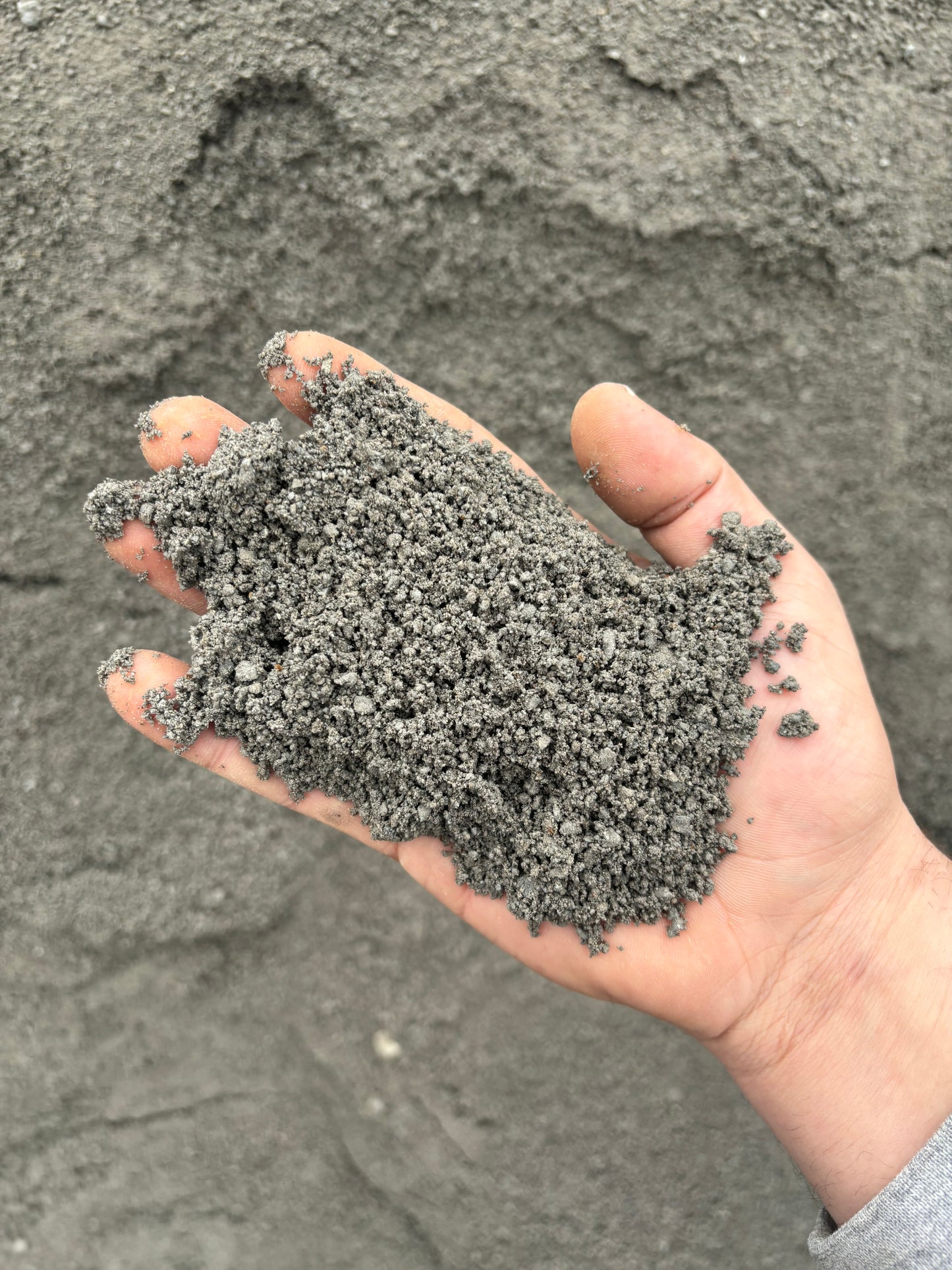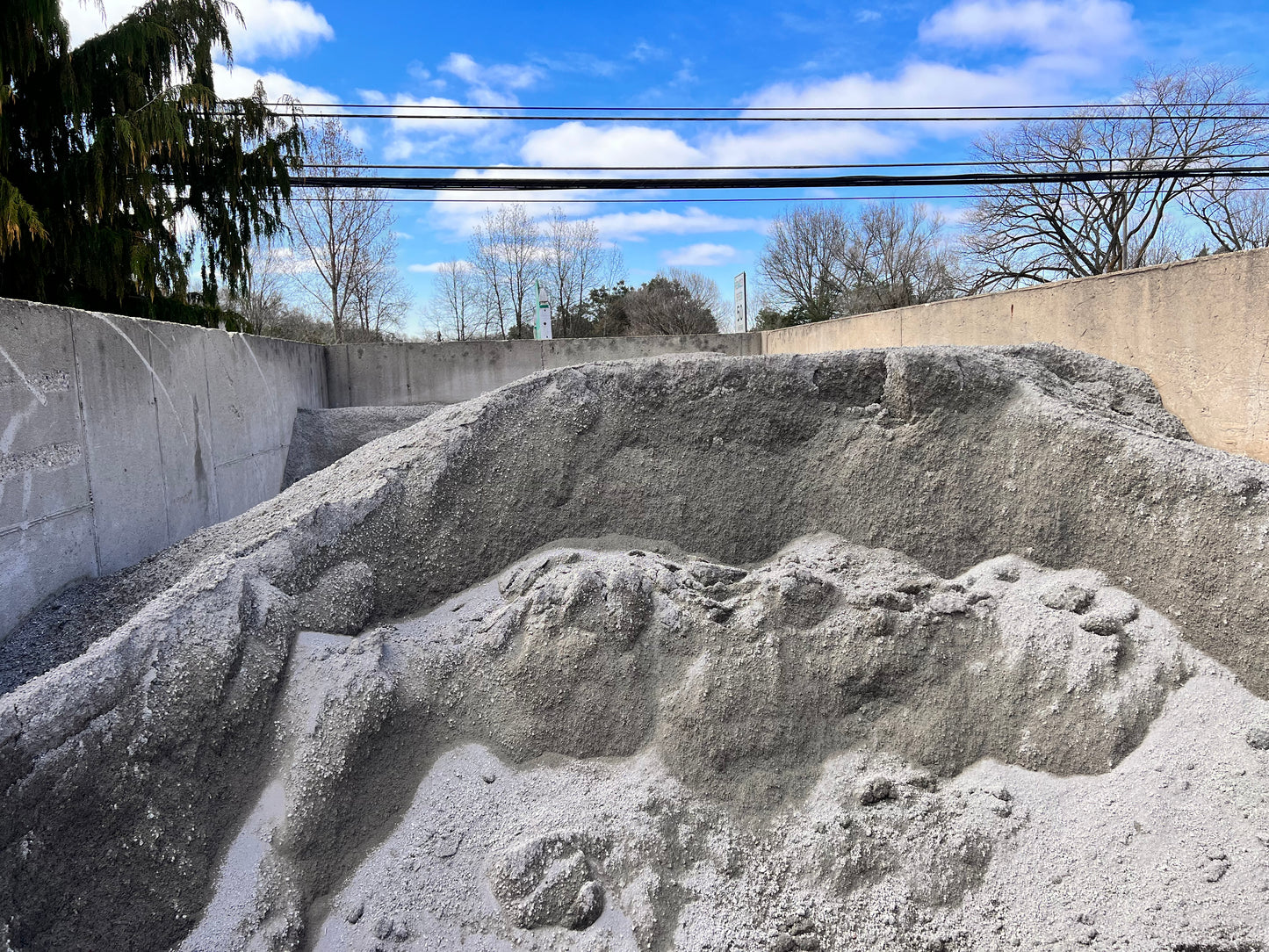rockplantit
Slag Sand
Slag Sand
Couldn't load pickup availability
Common Uses for Slag Sand:
-
Base Material for Concrete: Slag sand is often used as a fine aggregate in concrete mixes. It improves the workability of the concrete and provides additional strength and durability, making it an ideal choice for construction projects that require high-performance concrete.
-
Sand for Concrete and Mortar Mixes: It can be used as a substitute for natural sand in both concrete and mortar mixes. Slag sand provides a more consistent particle size, which helps achieve a smoother finish and enhances the bonding capabilities of the mixture.
-
Landscaping and Soil Amendment: Slag sand can be used in landscaping for leveling uneven ground or improving soil conditions. It’s also sometimes used as a soil amendment to improve drainage and texture in garden beds, as the angular shape of the particles helps prevent soil compaction.
-
Base for Paving Stones or Pavers: Slag sand is commonly used as a base material for laying pavers, whether for driveways, walkways, or patios. Its angular particles lock together tightly, providing a stable foundation that prevents shifting and settling over time.
-
Fill Material for Construction: It’s used as a fill material for leveling areas or as a foundation base in construction projects. The material’s compactability and ability to form a solid, stable layer make it effective for filling low areas or building subgrades.
-
Traction Material for Winter Use: In colder climates, slag sand can be spread over icy or snowy surfaces to provide traction. Its rough, angular texture helps create a non-slip surface on roads, driveways, or walkways.
Additional Benefits:
-
Eco-Friendly: Since slag sand is a by-product of steel production, using it helps reduce the need for natural sand and repurposes industrial waste, making it an environmentally friendly option.
-
Improved Durability: Slag sand is known for its durability and ability to resist wear and erosion, making it suitable for high-traffic areas or environments where stability is essential
Delivery & Returns
Delivery & Returns
All deliveries fees are non refundable.Please have a tarp in your driveway where you want your material dumped. Returns will only be granted access to if Rock Plant-It accidently brings the wrong material.
How Much Does A Yard Cover?
How Much Does A Yard Cover?
1 Yard covers a 10x10 area just about 3 inches thick.
Measure With Precision
Measure With Precision
Please make sure to measure your intended area with precision! The smallest measuring mistake could cost you another delivery charge.






